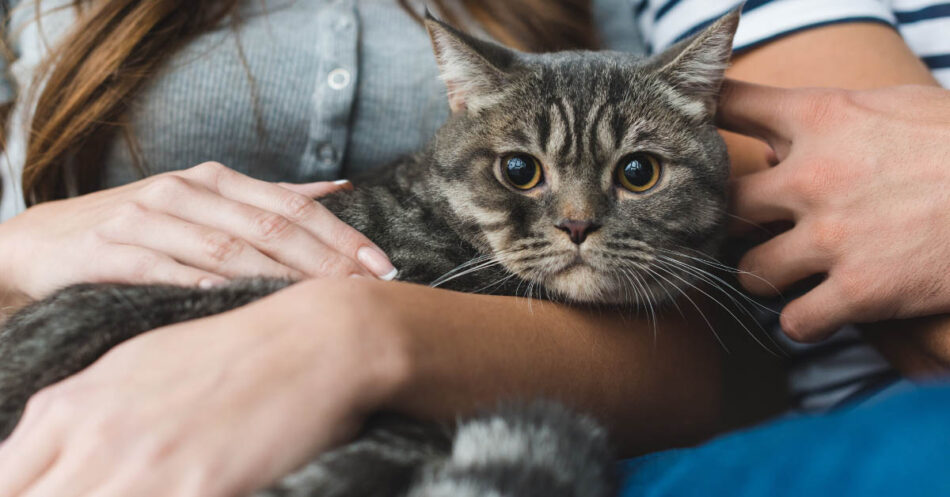
How to Treat Cat Acne Once and Fur All
This post may include affiliate links. Please read my disclosure policy.
If you thought that skin issues were only a human problem, think again! Our feline family members can also be affected by a variety of skin conditions, including cat acne and blackheads.
Here’s the dirt on how to recognize and treat feline acne, how to know when at-home treatment isn’t enough, and how routine feline facial care can help you treat many other common issues and keep your cat’s skin healthy.
Signs and Symptoms of Feline Chin Acne
There are several tell-tale signs of cat acne. They include:
- Dirty appearance of the chin
- Swelling and/or inflammation of the chin and lips
- Blackheads on the chin
- Hard, crusty lesions
- Hair loss around the infected area
Both males and females can get feline chin acne. It can be painful, so treating it effectively is important to your cat’s health, comfort, and well-being.
What Causes Feline Acne?
Cat acne has several causes. Your kitty may have clogged hair follicles. Excessive oil production can also lead to lesions and bumps, usually on your cat’s chin or lips.
Allergies, flea bites, or other irritations can also bring on chin acne breakouts. A cat who is suffering from itchy skin due to product or food allergies may look for relief by rubbing her face and chin. This can damage the skin and hair and lead to acne. Poor grooming habits can also contribute to chin acne, especially for senior cats.
Plastic food dishes as well as water dishes are another potential cause of chin acne in cats. If they are scratched, the rough surface could irritate sensitive skin. Plastic can also be home to lots of nasty acne-causing bacteria.
Pin Me!
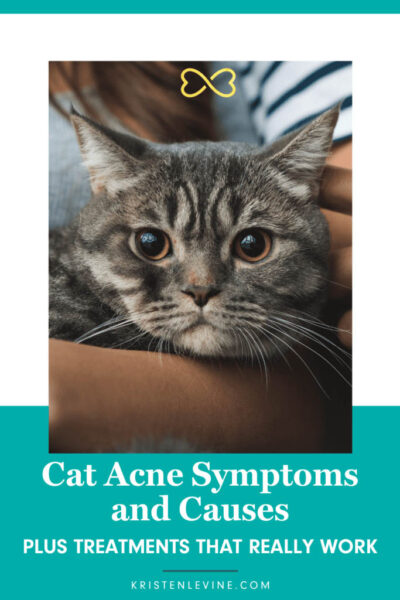
What Not to Do if Your Cat Has Allergies
If you discover blackheads, whiteheads, or little red bumps on your kitty’s face, don’t panic. Chances are, your cat doesn’t even notice them. Although it’s worth mentioning to your veterinarian the next time you visit, many cases of chin acne in cats are mild and have absolutely no impact on a cat’s quality of life.
If you decide to treat your cat’s chin acne at home, remember that you can’t use the same approach as you would with a human breakout.
As tempting as it might be to get in there and start squeezing kitty’s pimples, you need to resist the urge to pop them. Rather than helping your cat’s skin heal, this could actually cause pain and irritation and could also spread the acne to new areas.
It’s also important not to use any cleanser that contains alcohol or peroxide since these can be irritating to sensitive kitty skin. And even if you have an acne treatment that works wonders on your teenager’s skin, never use it on your cat. Human acne medications can be harmful to animals.

How to Treat Your Cat’s Acne
Cat acne treatment is pretty simple. To start with, if you are using plastic dishes, try switching to metal, glass, or ceramic ones.
In addition, if your cat will tolerate it, warm compresses can reduce swelling and irritation.
Keeping acne-prone areas clean is key to both treating and preventing breakouts. My favorite product line for at-home pet coat and skin care, Vetericyn, offers the purr-fect solution for many common feline facial issues, including mild feline acne cases.
I’ve been using Vetericyn products for a while for my pets, and everything I’ve used has had amazing results! If you’re a cat parent, Vetericyn’s Feline Antimicrobial Facial Therapy will make a great addition to your pet medicine cabinet.
Since cat chin acne may require lifelong treatment to keep it under control, it’s important to use something that will make the process as easy and pain-free as possible, both for your cat and for you. I love Vetericyn products because they’re great for cleaning, soothing, and preventing infection but won’t sting or burn, so your cat won’t run behind the nearest piece of furniture when he sees you coming with the cotton balls.
Another thing that makes Feline Antimicrobial Facial Therapy such a great product is that it doesn’t contain any alcohol or steroids. It’s also nontoxic, which is super important when you’re treating anywhere that your kitty could potentially lick when you’re done. And since it’s safe for kitties in any stage of life, you can feel confident whether you’re treating a youngster or a senior cat.
Of course, if your cat’s acne doesn’t clear up with at-home treatment or if you notice swelling, tenderness, or hair loss, schedule a visit with your veterinarian to spare him from unnecessary pain and rule out any other medical issues.
Do not use triple antibiotic or other ointment or oils (especially coconut oil), as this will clog hair follicles and pores, and may actually make the acne worse. Also, triple antibiotic ointment or cream has ingredients that are toxic if your cat licks them.
Another important thing to avoid is all essential oils in cats, as they lack the proper liver enzymes to metabolize them. Oils containing phenols are especially toxic to your kitty, and as few as 7 drops over the course of 1-2 years can be fatal to her. Oils that only contain hydrosols have reportedly been fatal in several cases, so it’s best to avoid all of them.

Complete Skincare for Healthy Cats
Chin acne isn’t the only skin problem that can affect our cats. Feline Antimicrobial Facial Therapy can be used to treat many common issues around a cat’s face, eyes, ears, nose, mouth, and chin. Here are some tips to complete feline facial health.
- Clean their eyes and ears. Daily cleaning can prevent tear staining. It can also flush irritants, discharge, and debris that could lead to discomfort down the road.
- Keep on top of allergies. Allergies can be seasonal, and they can also be caused by other factors, such as bites from fleas or mites. Either way, they can cause some serious itching! Use Feline Antimicrobial Facial Therapy to soothe allergy symptoms in your cat’s eyes, ears, and chin.
- Take care of wounds. Most cats get an occasional cut or scrape, especially if they have a friend they like to tussle with. Treating wounds with Feline Antimicrobial Facial Therapy can help them heal more quickly and can also prevent infection. Again, avoid use of human antibiotic creams or ointments, as they are toxic to cats.
- Don’t forget oral hygiene. Feline Antimicrobial Facial Therapy would make a great addition to your cat’s dental routine. Use it to rinse kitty’s teeth and gums and to treat minor mouth sores.
A simple skincare routine with the right product can keep your cat looking and feeling great in her skin.
Use my code PETLIVING to get 20% off your purchase at Vetericyn.com.
How Long Does Feline Acne Last?
Feline acne can last from a few weeks to a lifetime. This will vary from cat to cat and depends on a bunch of factors like how severe the acne is and whether it’s being treated. You might see improvements within a couple of weeks if your cat has mild acne, especially if you’re keeping the area clean and following your veterinarian’s advice. But if the acne is more serious or keeps coming back, it might stick around for a longer stretch.
In that case, check in with your veterinarian to figure out what’s causing the acne and how best to treat it. Your veterinarian may prescribe creams, wipes, or even oral medication to help clear your cat’s skin condition. Following their treatment plan can help speed up recovery and maybe even prevent future chin acne flare-ups.

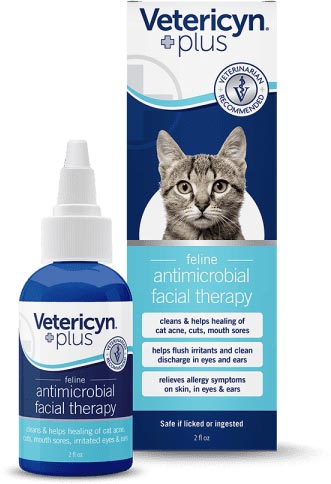
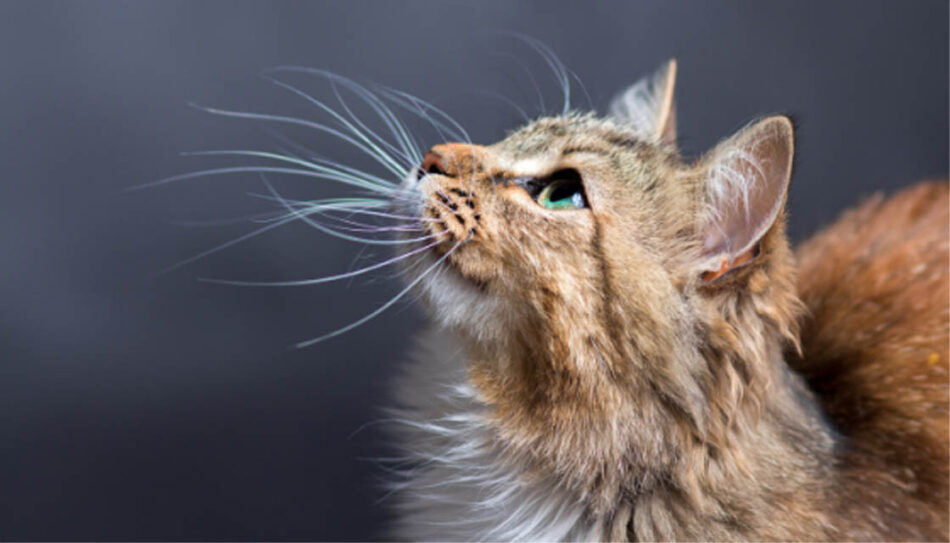
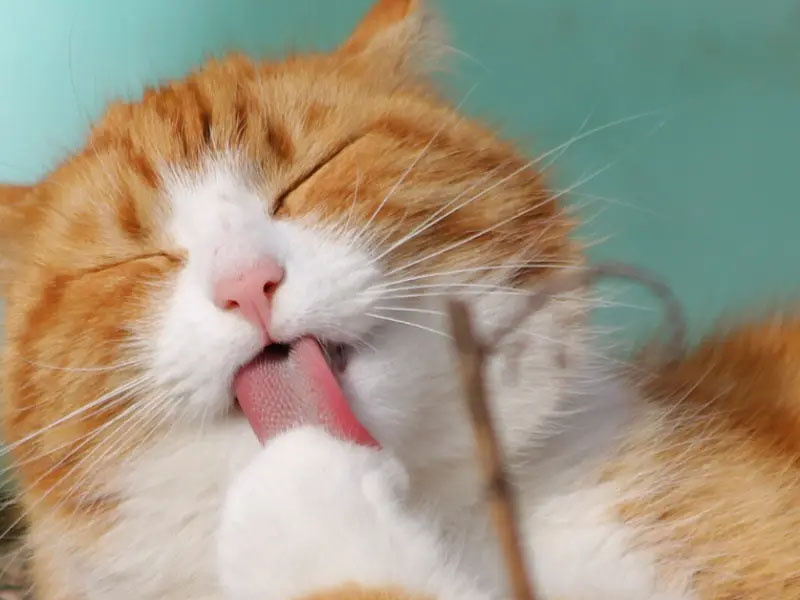
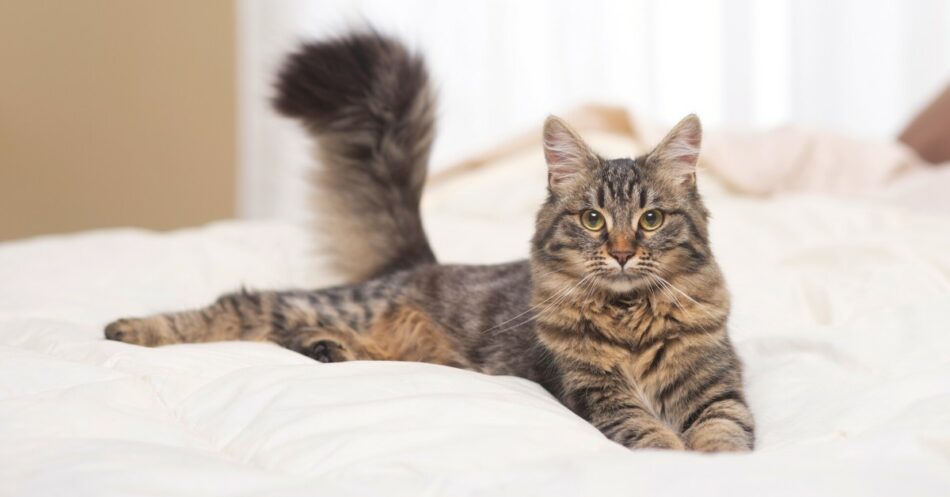
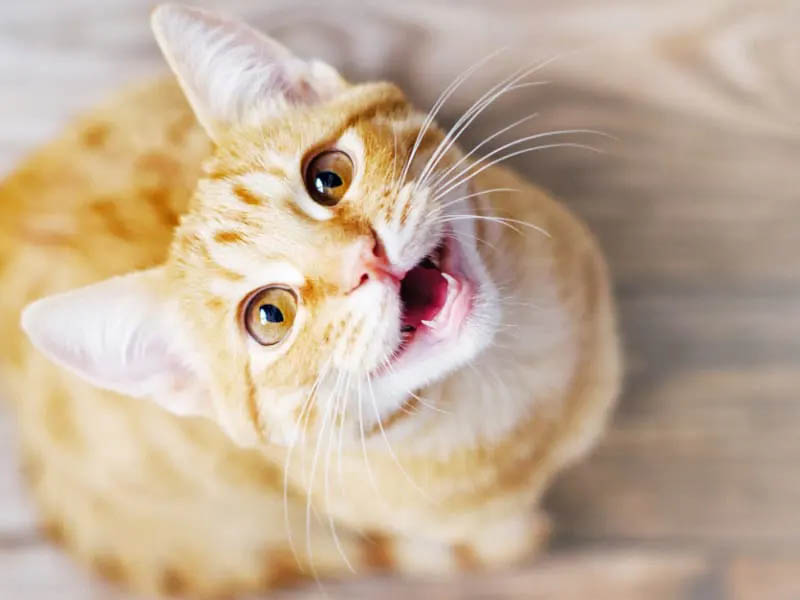
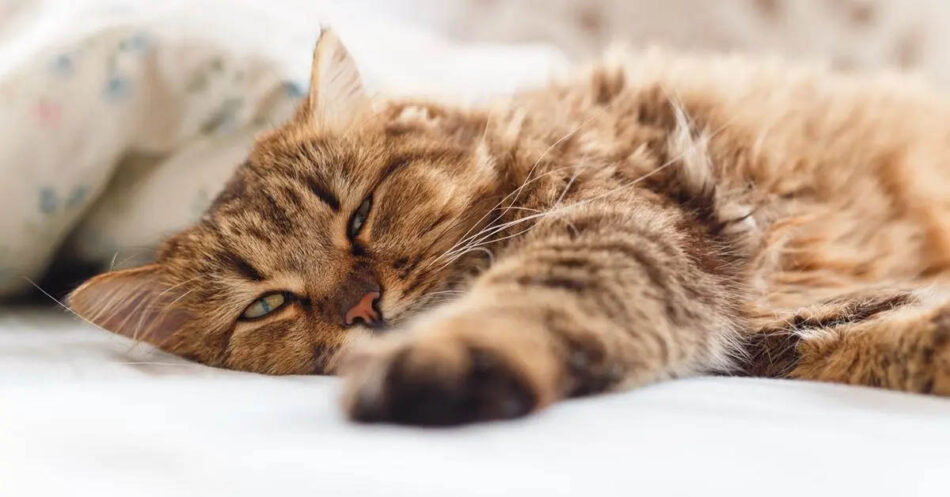
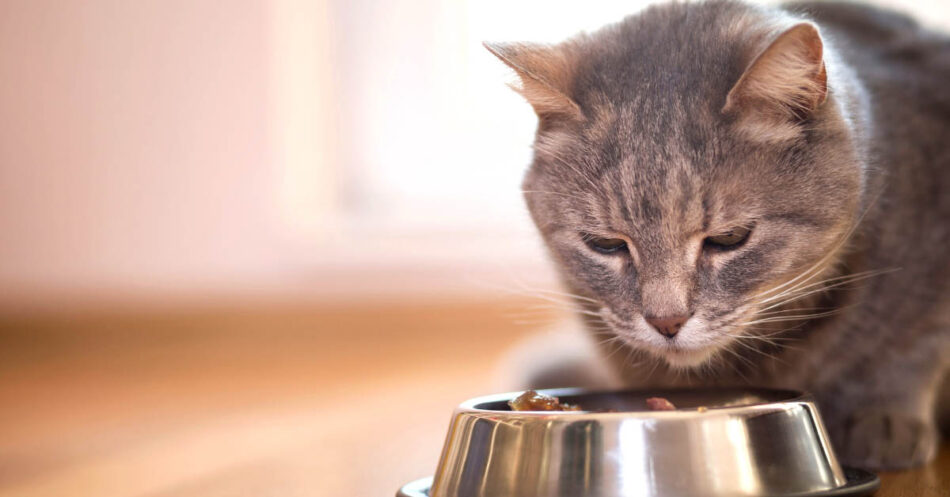
very informative, thank you very much!
Great to know! Thankfully of the 4 cats (2 at a time) we have had over the years none of them had acne, though they have had a few scratches from fighting or getting into things they shouldn’t have.
Kris,
Yes, cats have a tendency to get into places they don’t belong LOL!
Vetericyn also has an antimicrobial hydrogel for cat wounds that promotes healthy tissue healing.
i did not know cats could get acne. can dogs get acne as well?
Hi Sandy,
Yes, dogs can get acne as well! This article from Purina is a great resource on causes and symptoms to look out for:
Vetericyn also has a antimicrobial hydrogel that can be used on dogs, too! Check it out here
I had no idea felines could have acne, this was informative to read. Thank you
I had no idea how to treat this! Good to know and now I will look out for any issues with my kitties!
Hi Lissa,
The Vetericyn Feline Facial Therapy is the best! You should check it out if you ever run into feline acne on your sweet kitties.
Kristen
We had a cat years ago with acne. This was a good article. So many do not know it happens.
Hi Ellen,
Right?! Feline acne is a problem that many cat parent’s don’t know about. Glad that you found this article helpful!
Kristen
Thank you for the info. Great article!
Thank you for reading, Kerry!
Kristen
I didn’t know that cats can develop acne.
I did not know about cat acne before reading this. Thanks for the info!
So many pet owners do not know about this and the thing is, it doesn’t look like acne so it goes untreated. Thank you for your article.
Hi Liz,
Yes! Thank you for reading.
Kristen